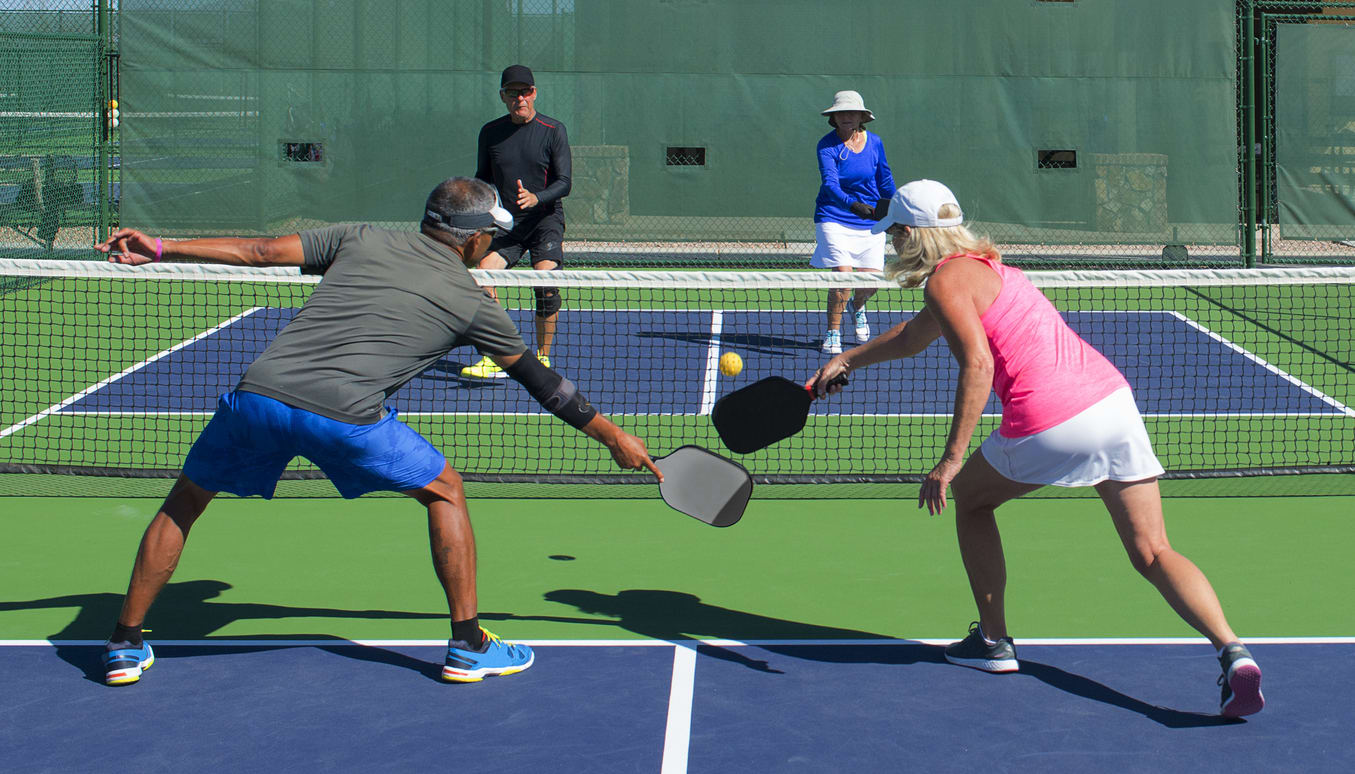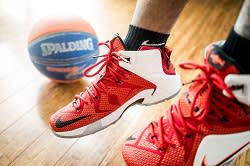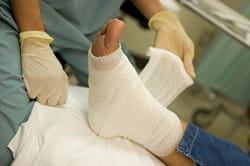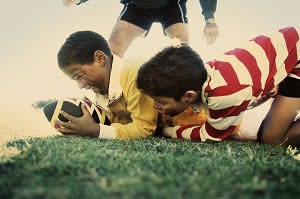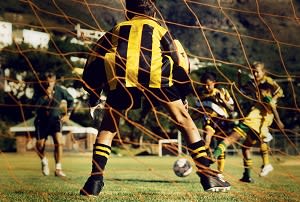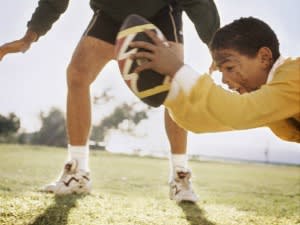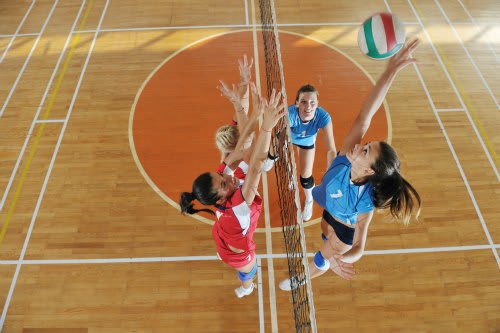The Aristocratic Foot: A Sign of Nobility?
Published: December 28, 2018l
By Robert Weiss, DPM
Morton’s foot, long second toe, short first metatarsal, is said to be a sign of nobility and is sometimes referred to as the “aristocratic foot type.” If your second toe is longer than your first toe and you are an athlete, you are frequently doomed for failure.
The Morton’s foot is an inherited foot type, a mechanically imbalanced and weakened foot, which causes abnormal “pronation” or a flattening of the arch during weight bearing. In turn, the kneecap and the foot roll inward during walking and running. The most frequent cause of structural instability in the foot is Morton’s foot.
The foot is an architectural marvel, an engineering masterpiece, but with the Morton’s foot complex (which distorts the normal mechanical weight bearing from the heel), biomechanical faults can result. The foot compensates for the hypermobility of the short first metatarsal by bearing most of the weight on the head of the second metatarsal, thus causing heavy callouses under the second metatarsal, possible stress fractures, joint pain and other overuse injuries.
The biomechanically weak foot cannot only have symptoms in the foot itself, but also the ankle, leg and knee. A problem in the foot can cause secondary troubles anywhere from the sacroiliac joint to the forefoot. That’s the reason we have to have a thorough understanding of the biomechanics of the body from the back, all the way down the entire leg, to the foot. You cannot separate one factor from the other.
In biomechanical balancing, we attempt to cause the feet to function as close to their neutral position as possible. Neutral position duplicates the joint positions assumed by a normal foot when standing or running. Many of the problems leading to the overuse syndrome can be treated by biomechanical balancing. In podiatric sports medicine, this is accomplished by a functional sports orthotic. A functional sports orthotic or a functional orthotic (used by people on their feet for many hours during the day) is a device which controls motion and position of the foot and leg during locomotion. It is well tolerated by all and usually results in improved foot function — especially in the Morton’s foot type and its related injuries.
If you are an individual who has suffered from any of the injuries mentioned, it is possible that you may have a second toe that is longer than the first (or Morton’s foot), creating an imbalance and abnormal mechanical inward roll of the foot, resulting in these injuries.
Dr. Robert F. Weiss is a podiatrist specializing in foot and ankle surgery with a practice in Darien, affiliated with Stamford Hospital and member of Stamford Health Medical Group-Foot & Ankle Institute. A member of the Medical Advisory Committee of the 1984 and 1988 Olympic Marathon Trials, he is a veteran of 35 marathons.
Featured Expert/ Author








